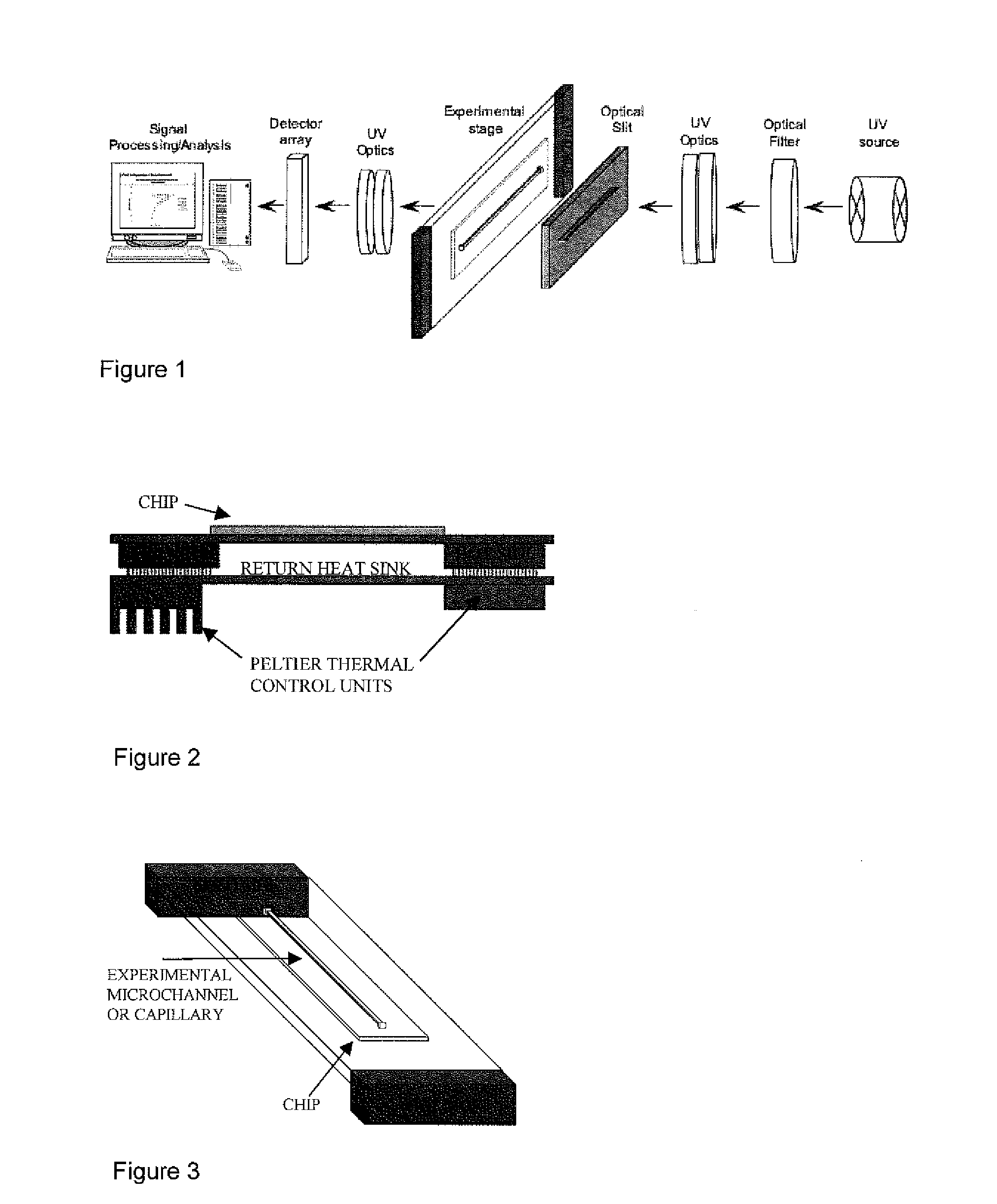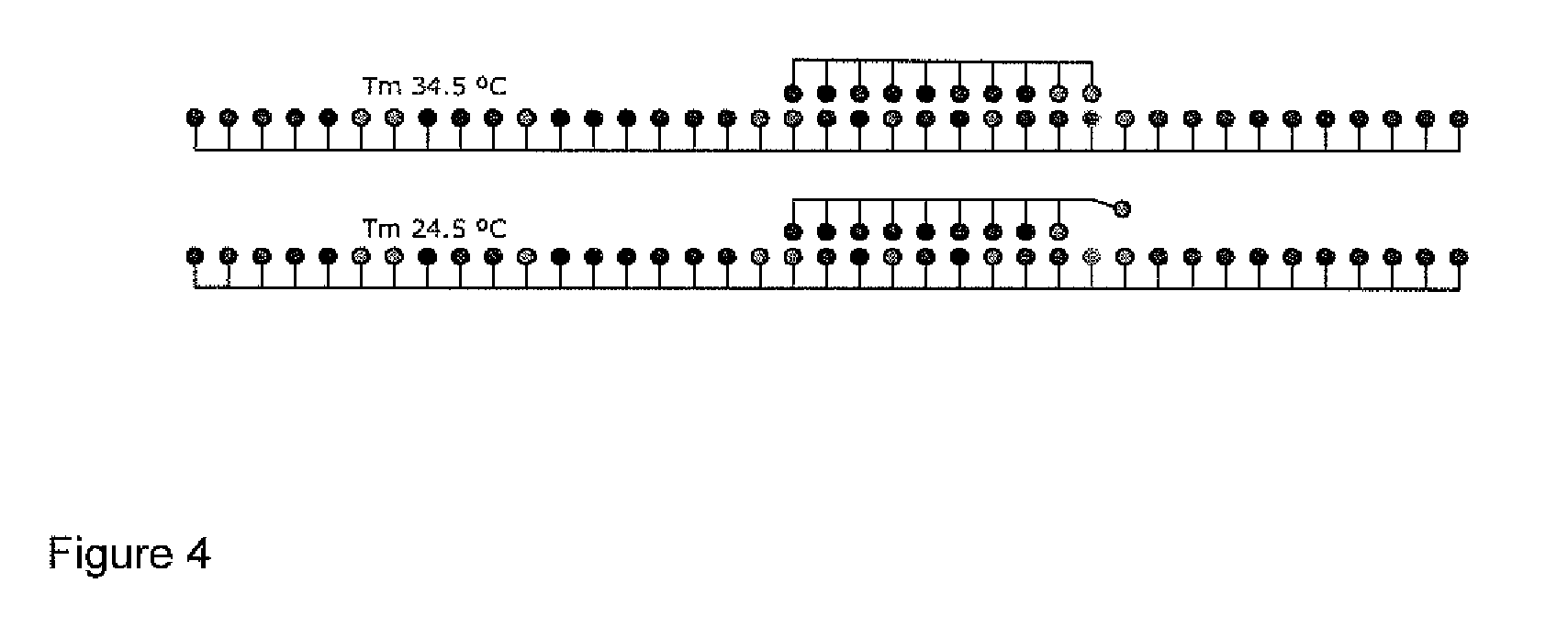Detection of nucleic acid sequence modification
a nucleic acid sequence and sequence modification technology, applied in the direction of immunoassays, biochemistry apparatus and processes, material testing goods, etc., can solve the problems of low sensitivity, high cost of assay, and time-consuming methods, so as to accurately adjust the temperature required, detect the level of a particular condition, and predict the susceptibility to a particular condition
- Summary
- Abstract
- Description
- Claims
- Application Information
AI Technical Summary
Benefits of technology
Problems solved by technology
Method used
Image
Examples
Embodiment Construction
[0014]The present invention will now be further described. In the following passages different aspects of the invention are defined in more detail. Each aspect so defined may be combined with any other aspect or aspects unless clearly indicated to the contrary. In particular, any feature indicated as being preferred or advantageous may be combined with any other feature or features indicated as being preferred or advantageous.
[0015]In accordance with a first aspect of the invention, there is provided a method for the detection of a nucleotide modification in a nucleic acid sample comprising:[0016]a) contacting a solution comprising a nucleic acid sample with a nucleic acid probe in a temperature-controlled and UV illuminated container;[0017]b) measuring the UV absorption of the nucleic acid sample / nucleic acid probe complex;
wherein the method does not comprise amplification of the nucleic acid.
[0018]Thus, the method of the invention does not comprise PCR amplification.
[0019]The firs...
PUM
| Property | Measurement | Unit |
|---|---|---|
| Temperature | aaaaa | aaaaa |
| Temperature | aaaaa | aaaaa |
| Temperature | aaaaa | aaaaa |
Abstract
Description
Claims
Application Information
 Login to View More
Login to View More - R&D
- Intellectual Property
- Life Sciences
- Materials
- Tech Scout
- Unparalleled Data Quality
- Higher Quality Content
- 60% Fewer Hallucinations
Browse by: Latest US Patents, China's latest patents, Technical Efficacy Thesaurus, Application Domain, Technology Topic, Popular Technical Reports.
© 2025 PatSnap. All rights reserved.Legal|Privacy policy|Modern Slavery Act Transparency Statement|Sitemap|About US| Contact US: help@patsnap.com


